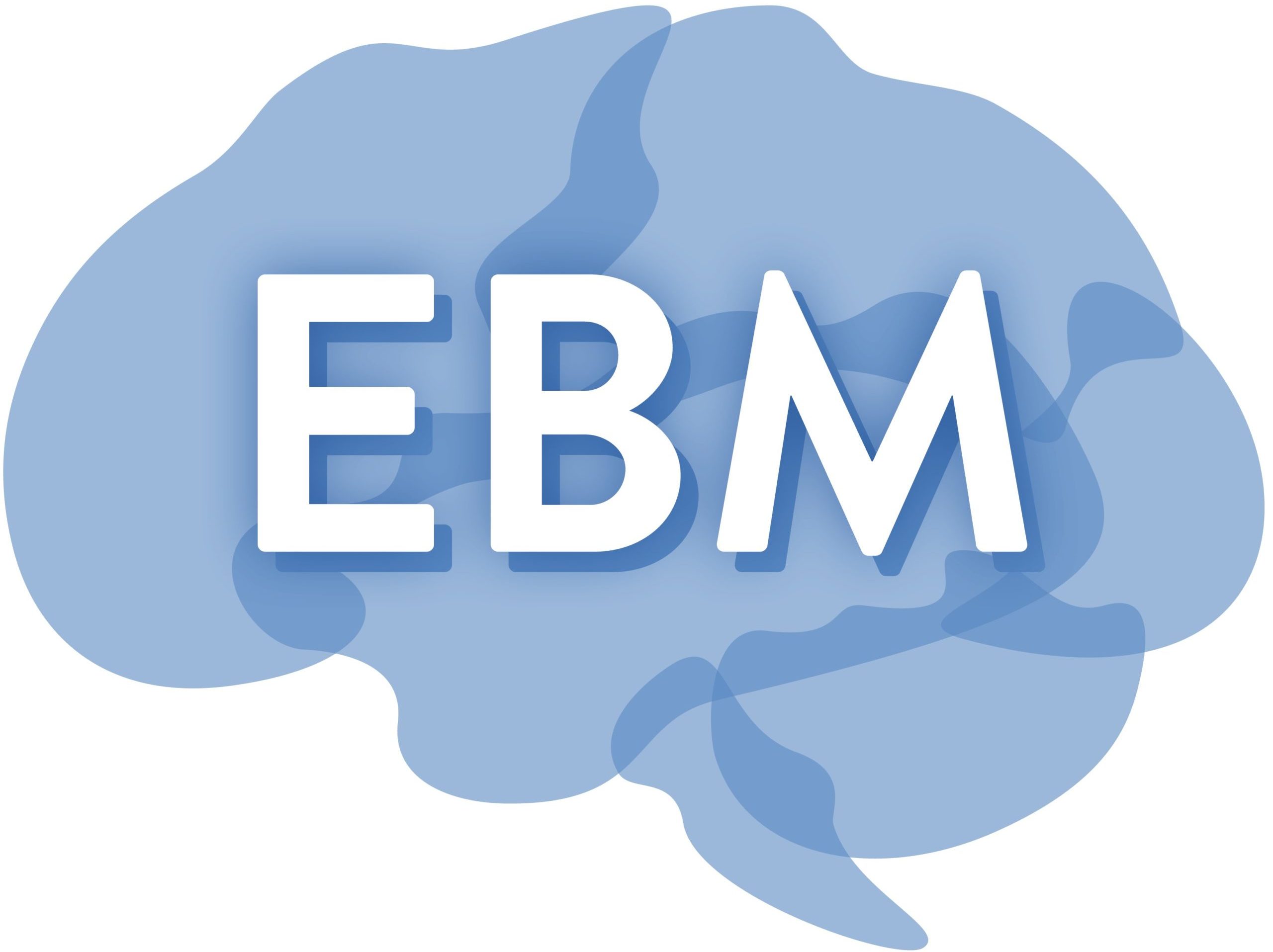B05: In vivo mechanical manipulation of spinal cord regeneration
Based on the hypothesis that local mechanical properties are critical for axonal regrowth after spinal cord injury, B05 will use Brillouin microscopy to non-invasively map the in vivo mechanical properties of the growth-permissive spinal lesion site in zebrafish; a vertebrate species that combines high regenerative capacity for the central nervous system with optical accessibility. Additionally, atomic force microscopy-based nanointendation measurements (AFM) will be employed to determine the tissue mechanics of the spinal lesion site on living tissue sections. These results will be complemented by a panel of transcriptomic, proteomic, in vivo microscopic and histological analyses of injury-induced changes of extracellular matrix composition and structure. Building on this platform, we will use an array of genetic tools to manipulate the extracellular matrix and investigate its role as a potential key determinant of the mechanical properties of the zebrafish spinal lesion site. We will correlate the mechanical read-outs with regenerative success and establish a link between the mechanical and biochemical properties of the lesion site and axon regeneration. Finally, in collaboration with X03, we will capitalise on the insights obtained from our functional experiments to engineer artificial biomaterials with biochemical and mechanical properties similar to the zebrafish spinal lesion site, to confirm their axon growth-stimulating properties and evaluate their potential for regenerative medicine applications.
Project leader: Dr. rer. nat. Daniel Wehner
Positions: 1 doctoral researcher
